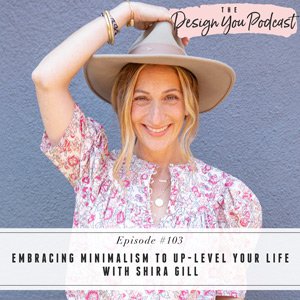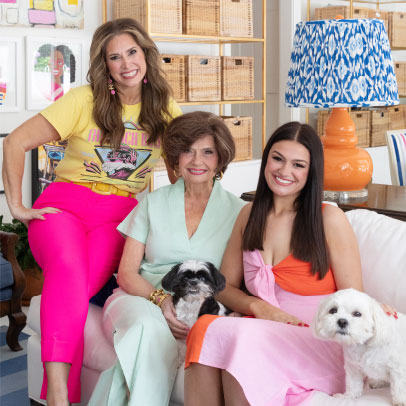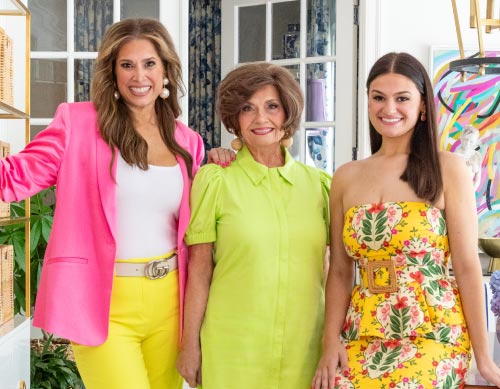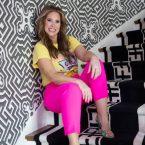
My guest on the podcast this week is the one and only Shira Gill! Shira is a self-proclaimed ‘life editor’ and the creative force behind Shira Gill Home, a lifestyle brand that merges minimalism, organization, life coaching, and styling. Shira’s virtual makeover programs have been taken by over 1000 women from all over the world, and her work has been featured in some amazing publications.
Shira’s work revolves around figuring out exactly what her clients want in their homes and helps them cut the clutter and clear all the stuff in the way to up-level every aspect of their lives. As an aspiring minimalist, Shira has embraced the balance of beauty and fashion and everything fun that we all love, with limits and boundaries to prevent overwhelm, which she filters into the work she does with her clients.
Join us this week as Shira shares some really helpful tips on how to start living the life you dream of by clearing your stuff and creating more white space. Having a space that supports you and your goals can be absolutely transformational in every aspect of your life, at home and in business. Shira is here to shed some wisdom on how you can start to apply this work everywhere in your life, from big spaces to a drawer in your closet, using her simple four-step process. Make sure to follow her to stay updated on her upcoming book, MINIMALISTA, coming out early next year!
If you want to keep this conversation going, you have to join my free Design You Podcast community on Facebook. We have great conversations over there about the podcast episodes and our podcast guests are in there too! So head on over and I’ll see you there!












